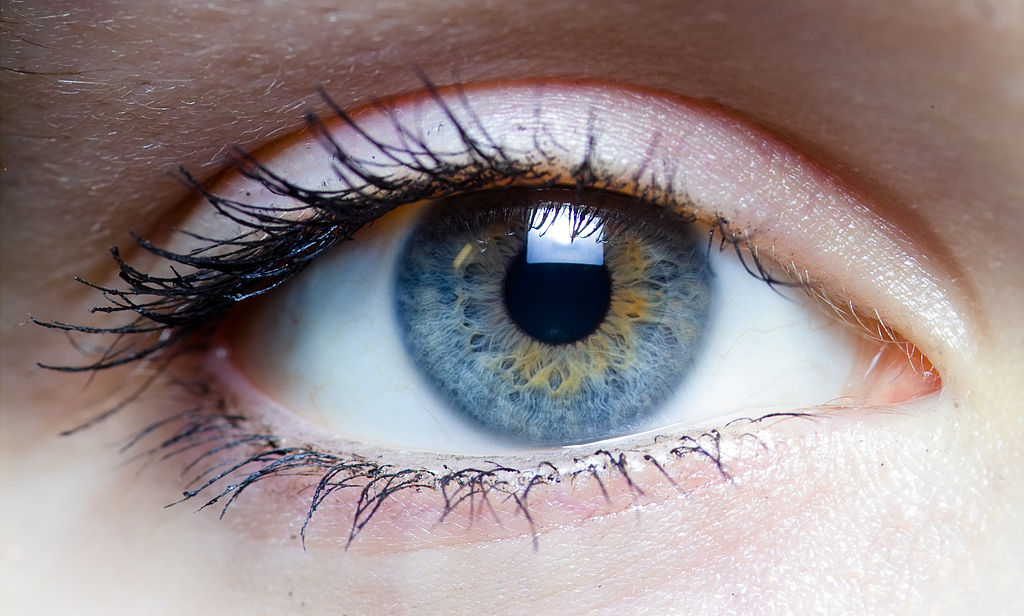News
See what’s new in the field of hereditary eye diseases
Blog managed by the DBGen team, with updated therapies, news and events involving hereditary eye diseases. We invite you to take part in this forum.
Filters
Category list
Subscribe to our blog
Progress in anti-VEGF gene therapy for age-related macular degeneration
Age-related macular degeneration (AMD) is one of the most common disease of the retina and the main cause of vision loss in adults over 60 years. It is estimated that 3 million people worldwide are affected, and its incidence increases as life expectancy grows in developed countries. AMD is a progressive disease that affects the macula, the area near the centre of...
Direct reprogramming of skin cells into photoreceptors in mice
The end result of many retinal dystrophies is photoreceptor cell death and the irreversible loss of vision. To prevent the progressive loss of retinal neurons, and to slow down or reverse the progression of the disease, gene therapies are currently under study to correct or replace the altered genes responsible for different retinopathies. Another therapeutic strategy that is under intensive investigation is...
Encouraging results from achromatopsia gene therapy trials
In the first months of 2020, positive results in gene therapy of X-linked retinitis pigmentosa (XLRP) have been reported. XLRP is an inherited genetic disorder that causes progressive vision loss, mainly in men. It begins in childhood with night blindness, progresses with the gradual reduction of the visual field and visual acuity, and leads to blindness in the fourth decade of...
A third of the world’s population carries mutations associated with retinal dystrophies
A very recent study published in the scientific journal PNAS highlights an estimate, on a global scale, of the frequency of individuals carrying pathogenic mutations responsible for inherited retinal dystrophies (IRD) and illustrates the prevalence of this group of diseases. These data are highly relevant for genetic diagnosis, genetic counselling and the design of new therapies. The authors studied the information gathered in the genomic databases corresponding...
A revolutionary CRISPR gene editing technique applied for the first time to a patient with a visual disorder
The patient, treated at the Casey Eye Institute in Portland, Oregon, belongs to a group of 18 people affected with Leber congenital amaurosis. These patients will participate in the BRILLIANCE study, the first clinical trial to determine the safety and efficacy of a therapy based on the CRISPR-Cas9 gene editing technique (AGN-151587, EDIT-101). It is the first example of an in vivo...
First gene therapy application of Luxturna in the UK
This February Moorfields Eye Hospital in London and Radcliffe Hospital in Oxford have started treating patients affected by Leber congenital amaurosis (LCA) with the Luxturna gene therapy. LCA is a childhood-onset severe retinal dystrophy, which causes irreversible blindness for which, until now, no treatment was available. Luxturna (voretigene neparvovec) is also the first gene therapy approved for the treatment of an inherited...






